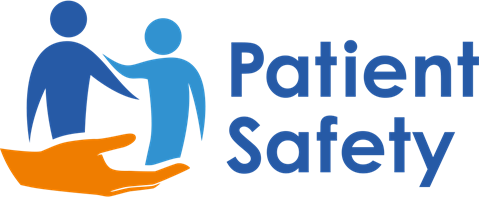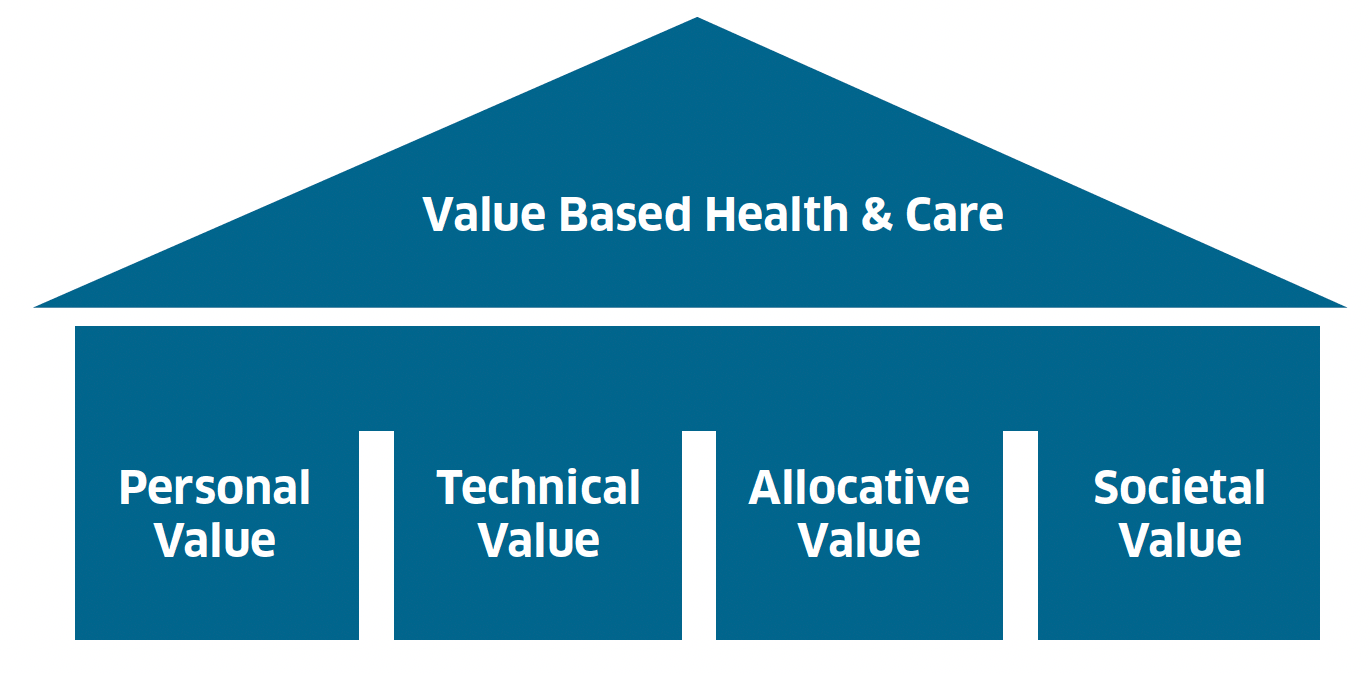Remote monitoring in Sleep apnoea offers meaningful advantages to Sleep Medicine Services and Health care organisations, transforming patient pathways and delivering patient centred care closer to home in line with the Optimum Sleep Pathway and NHS Fit for the future 10 year plan (1-2). The key advantages to Healthcare providers can be categorised into Clinical advantages and Operational advantages.

Improved Clinical Outcomes and Patient safety
- Enhanced Treatment Adherence Monitoring.
- Early detection of possible treatment emergent issues with therapy lead to earlier interventions.
- Optimisation of therapy driven by real time remote data.
- Reduction in the clinical burden on Sleep clinic staff.
- Opportunity to improve person engagement with their care.
- Risk mitigation in more complex cases with significant multi-morbidity (3-5).
Enhanced Operational Efficiency and Improved Patient Pathways
- Automated Data Collection and Analysis – avoids the necessity for all patients interventions to be in person and harnesses the technology for remote teleconsultations.
- Healthcare staff spend less time scheduling and conducting routine follow-up appointments for stable patients thus reducing administrative burdens.
- Remote monitoring software can flag problems like mask leaks, low usage hours, or rising AHI values before patients experience significant symptoms or complications.
- Clinics can better allocate appointment slots and staff time by identifying which patients need immediate attention versus those who can continue with remote monitoring (1-6).
Economical Advantages
- Reduced Clinical Workload and Appointments for Sleep Clinics -freeing up time to see more patients and reduce waiting times.
- Enhanced operational efficiency of services allows healthcare providers to manage more patients with the same resources.
- Remote Data Access and Intervention eliminates the need for patients to physically attend appointments for routine data reviews and equipment adjustments.
- Broader Economic Benefits , lowering healthcare costs while ensuring quality care (6-7).
Delivering Value Based Care

- NHS Integrated Care Systems (ICS) Alignment.
- Delivery of NICE Guideline based care and Quality Standards Implementation.
- NHS 10 Year Plan Integration alignment with delivering technology based care in the community, closer to patients home (1-2).
In Blog 3 of this series we will explore the benefits of remote telemonitoring for Policy makers.
You can read the first blog here.
References:
- Optimal Sleep Pathway – BSS
- NHS England » Fit for the Future: 10 Year Health Plan for England
- Revolutionizing Healthcare: How Telemedicine Is Improving Patient Outcomes and Expanding Access to Care – PMC
- Recommendations for permanent sleep telehealth: an American Academy of Sleep Medicine position statement | Journal of Clinical Sleep Medicine
- Patient experiences with telehealth in sleep medicine: a qualitative evaluation – PMC
- The Role of the Sleep Centre in the Future of Sleep Medicine. How Should It Be Organised? Will There Still Be Sleep Inpatients in the Future? – Penzel – Journal of Sleep Research – Wiley Online Library
- Virtual consultations for patients with obstructive sleep apnoea: a systematic review and meta-analysis – PubMed
